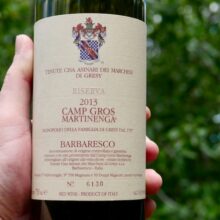
Product information
Marchesi di Grésy Barbaresco ‘Camp Gros Martinenga’ Riserva 2017
$409
Description
Some 2½ years after Galloni tasted this, it’s coming together nicely. Barbaresco shone in 2017. Marchesi di Gresy’s ‘Camp Gros Martinenga’ is a cracking wine with a wonderful core of fruit, wrapped with so much complexity, and super fine tannins of lovely grip that will offer thirst-quenching drinking in combination with Piedmontese cuisine. A wonderful expression of ‘Camp Gros’ that is in a great place with plenty more to come. The shift to Riserva an the extra year in bottle before release is certainly welcome.
Paul Kaan, Wine Decoded Jan 2025
The 2017 Barbaresco Riserva Camp Gros Martinenga is a pretty dense, potent wine. That’s probably a good thing for its long-term potential, although there is no getting around how hard the wine is to taste today. Even so, the 2017 shows terrific freshness for such a torrid year. Orange zest, cinnamon and dried rose petal build into the tense, classically austere finish. The 2017 is a gorgeous Camp Gros.
Antonio Galloni, Vinous 94 Points
‘Camp Gros’ is a sub-plot of Martinenga that sits immediately next to Rabaja.
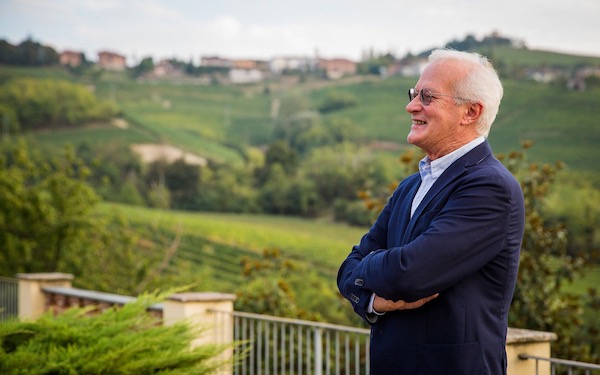
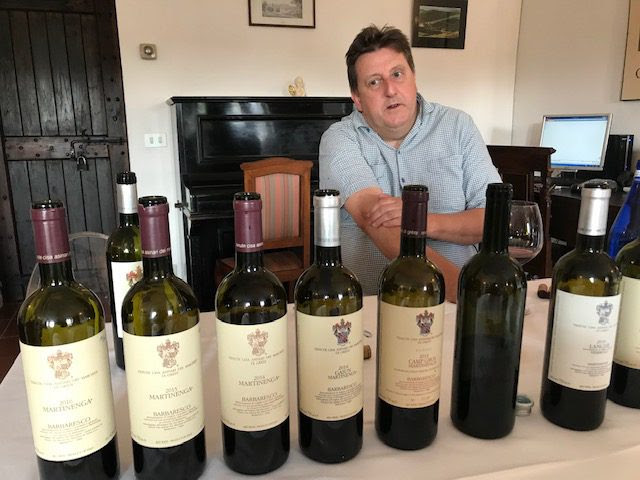
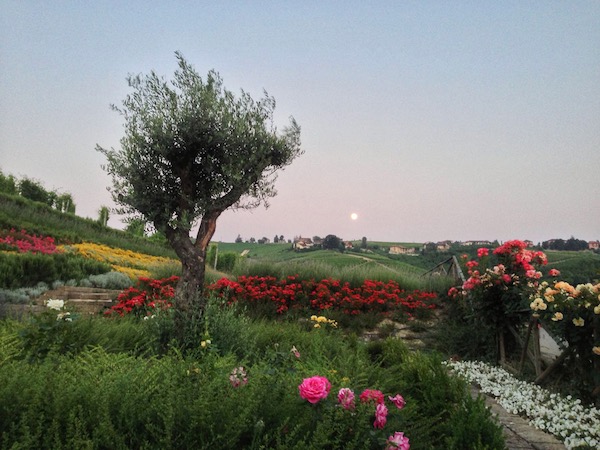
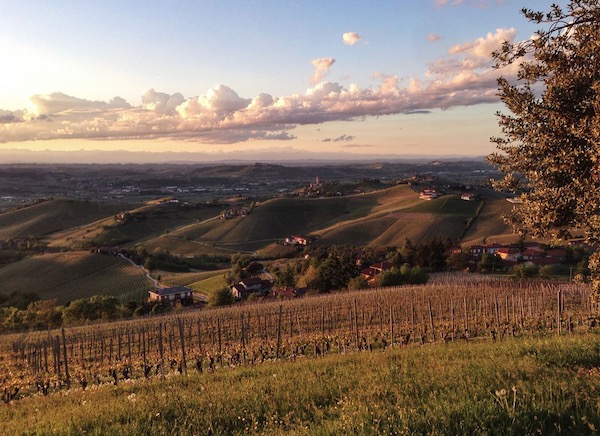
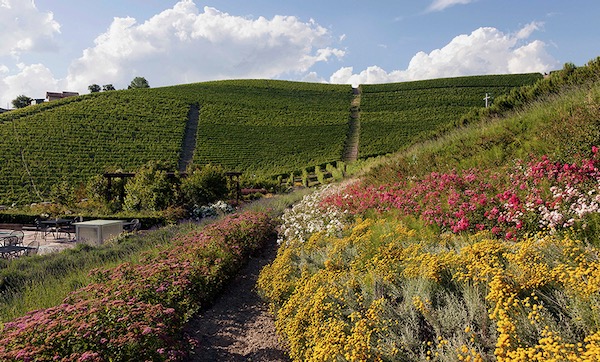
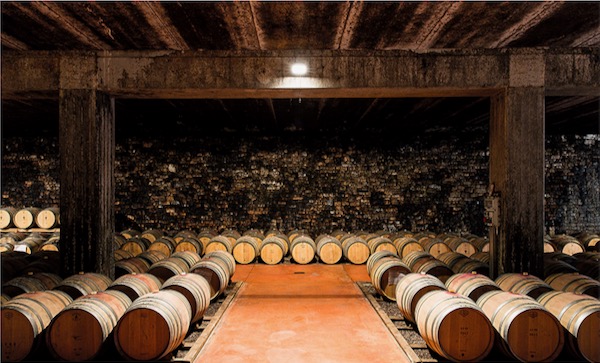
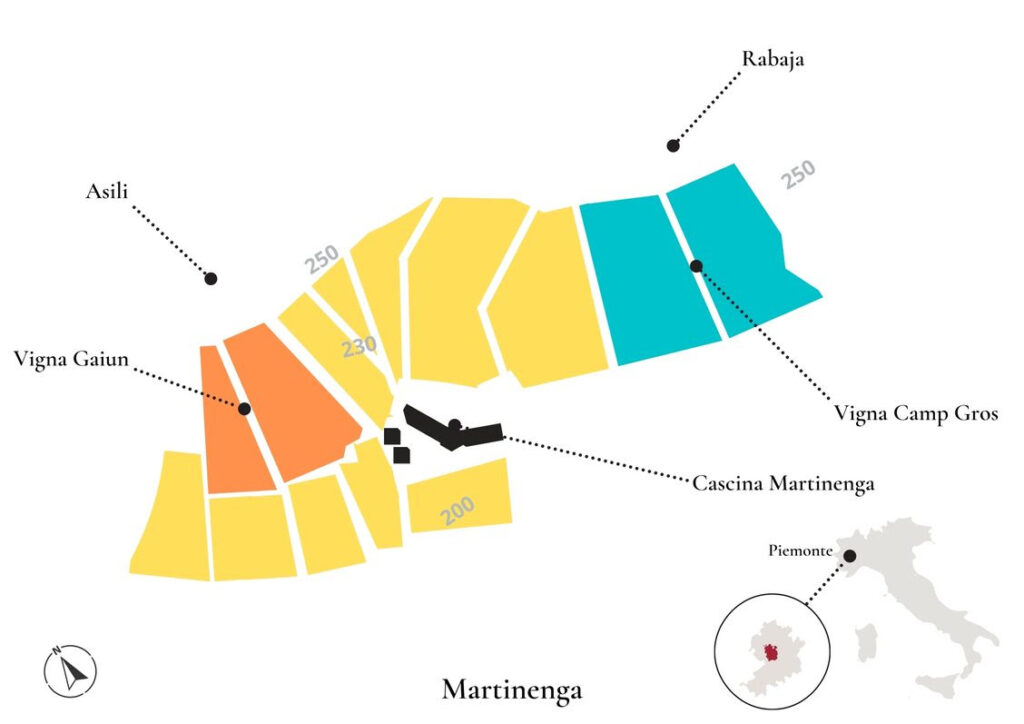
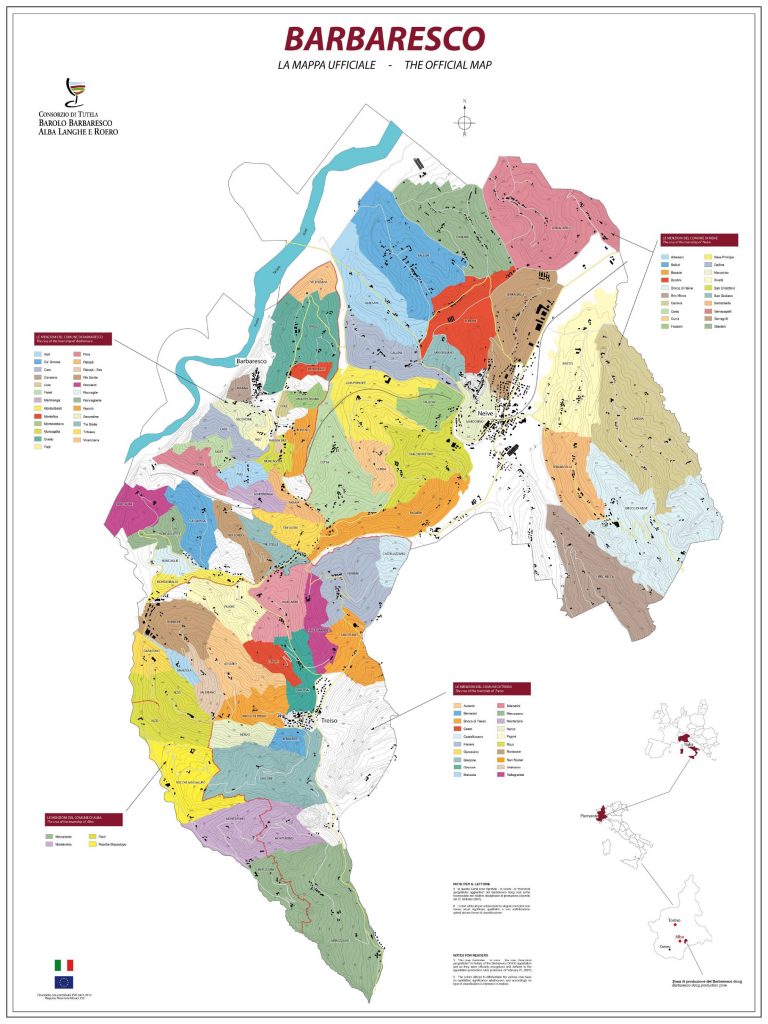

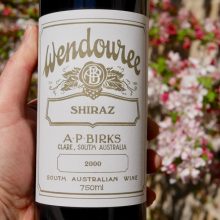
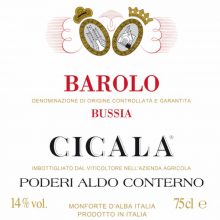

You must be logged in to post a comment.